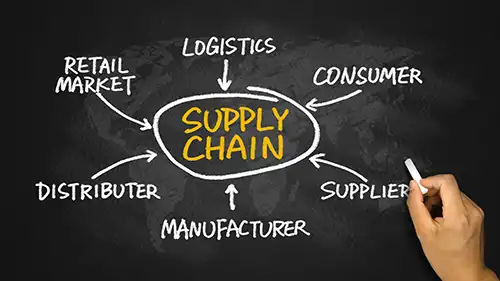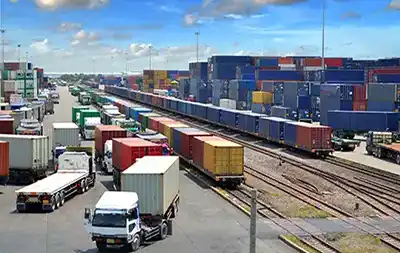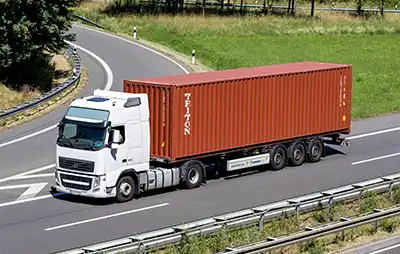
What Is Drayage?
Drayage is the term used in the transportation industry to describe the short-distance transportation of goods. Drayage is a pivotal logistics service that bridges the gap between ports, warehouses, and the final stretch of delivery, known as the last mile.
In the complex web of supply chain dynamics, drayage ensures the smooth and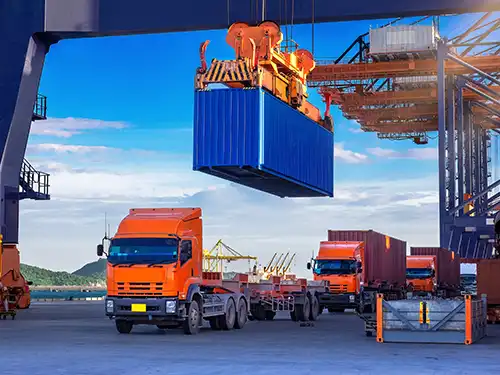 efficient movement of containers, acting as the anchor or the last leg in the journey from the port or rail yard to the final destination.
efficient movement of containers, acting as the anchor or the last leg in the journey from the port or rail yard to the final destination.
At its core, drayage is pivotal in optimizing the flow of goods, ensuring they precisely traverse the logistical landscape.
As cargo containers move from the shipping port or rail yard to warehousing facilities and finally to the end consumer, drayage services shine as the guiding force, enhancing the overall efficiency and reliability of the journey.
What Is The Meaning Of The Word Drayage?
The definition of the word Drayage or the meaning of Dray refers to the short-distance transportation of goods, typically over land, from one point to another, often within a specific urban area or between transportation hubs. The term is commonly associated with the movement of goods in shipping and logistics, where shipping containers or cargo are transported over a relatively short distance, such as from a port or rail yard to a nearby warehouse or distribution center.
Drayage services are crucial in connecting different supply chain segments, ensuring the efficient and timely transfer of goods between various transportation modes, including ships, trains, and trucks. The goal of Drayage is to facilitate the smooth transition of cargo between different points in the transportation network.
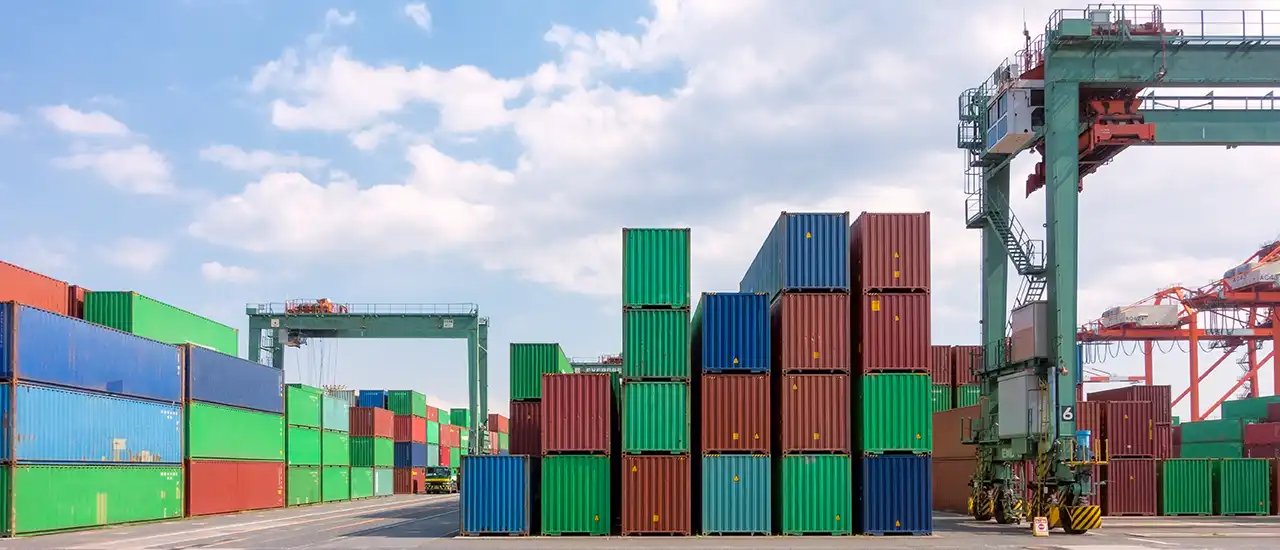
Shipping Containers At Rail Yard To Be Loaded On Drayage Trucks

Request A Quote
What Is The Process Of Drayage? How Does Drayage Work?
Drayage is a logistics process that involves the short-distance transportation of goods, typically within a local or regional area. The specific details of how drayage works can vary based on the context and the nature of the cargo being transported. However, here is a general overview of how drayage typically works:
1. Cargo Arrival:
Drayage often begins when cargo arrives at a transportation hub, such as a port or rail yard.
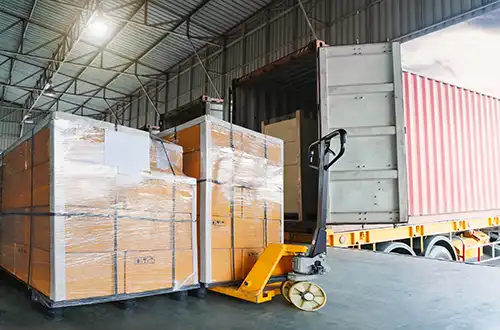 2. Container Unloading:
2. Container Unloading:
Containers holding the goods are unloaded from ships or trains and moved to the drayage area.
3. Drayage Carrier Selection:
A drayage carrier, usually a trucking company or a container transport service such as Evans Delivery Dallas, is selected to move the goods to their next destination.
4. Loading onto Drayage Vehicle:
The goods are loaded onto a drayage vehicle, commonly a truck or sometimes a train, depending on the distance and logistics of the journey.
5. Transportation to Intermediate Destination:
The drayage vehicle transports the goods over a short distance to an intermediate destination, which is often a warehouse, distribution center, or another transportation hub.
6. Transfer or Distribution:
At the intermediate destination, the goods may undergo further processing, sorting, or distribution, depending on the specific requirements of the supply chain.
7. Last-Mile Delivery:
In some cases, drayage may also involve the last-mile delivery of goods to their final destination, such as a retail store or directly to the end consumer.
8. Return of Empty Containers:
If applicable, empty containers may be returned to the port or the point of origin to be used for future shipments.
9. Documentation and Compliance:
Throughout the process, various documentation and compliance measures are managed to ensure the legal and regulatory requirements of the shipment are met.
Drayage is a crucial link in the overall supply chain, facilitating the movement of goods between different transportation modes and contributing to the efficiency of the logistics network. The process is designed to be swift and cost-effective for the short-distance movement of cargo.
Why Is Drayage Important?
Drayage plays a crucial role in the overall efficiency and functionality of the logistics and supply chain industry. Here are several reasons why drayage is essential:
1. Last-Mile Connectivity:
Drayage links major transportation hubs (ports, rail terminals, and airports) and local destinations, including warehouses, distribution centers, and retailers. It ensures the last-mile connectivity essential for the smooth flow of goods to their final destinations.
2. Seamless Intermodal Transportation:
Drayage is a key component of intermodal transportation, facilitating cargo transfer between different modes, such as ships, trains, and trucks. This integration contributes to a more efficient and flexible transportation network.
3. Optimizing Supply Chain Efficiency:
By efficiently moving goods over short distances, drayage helps optimize the overall supply chain. It reduces transit times, minimizes delays, and contributes to a more streamlined and responsive logistics network.
4. Reducing Congestion at Ports:
Drayage services help alleviate congestion at major ports by swiftly transporting containers to nearby facilities for further distribution. This is particularly important in busy port areas where a quick turnaround is essential for handling high volumes of cargo.
5. Supporting Time-Sensitive Deliveries:
Drayage is essential for time-sensitive deliveries, ensuring that goods reach their intended destinations promptly. This is particularly crucial for industries with tight production schedules and retailers aiming to maintain inventory levels and meet customer demands.
6. Enhancing Supply Chain Visibility:
Drayage operations enhance visibility within the supply chain when integrated with advanced tracking and management systems. This visibility allows stakeholders to monitor the movement of goods in real-time with platforms like ETRAK, improving coordination and decision-making.
7. Meeting Local Regulations and Requirements:
Drayage providers are well-versed in local regulations, environmental standards, and other specific requirements governing the movement of goods in specific regions. This expertise is crucial for compliance and avoiding potential disruptions.
8. Facilitating International Trade:
Drayage is vital for the efficient movement of goods between ports and inland destinations, facilitating international trade. It ensures a smooth transition for cargo between maritime and domestic transportation networks.
In summary, drayage is important because it addresses the critical challenge of connecting major transportation hubs with local destinations, optimizing the supply chain, reducing congestion, and supporting the seamless movement of goods in both domestic and international trade.



